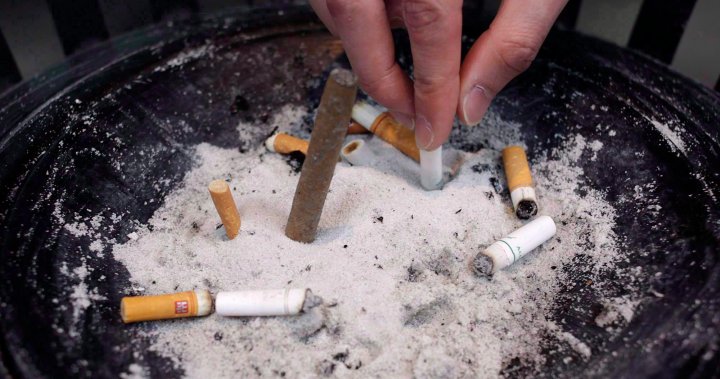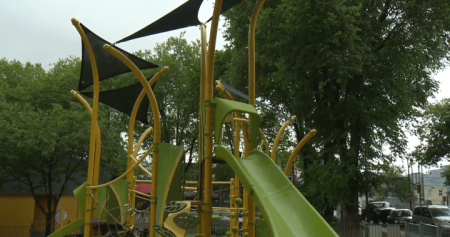The federal budget presented by Finance Minister Chrystia Freeland includes measures to curb smoking rates and increase revenue for the government. The budget includes a new $1.5 billion drug plan that provides universal coverage for contraceptive and diabetes medications. Health Minister Mark Holland announced the launch of a new pharmacare program, with plans to spend $59 million in the next year and increase annual spending to $477 million by 2027. This program was a result of negotiations with the New Democrats, who pushed for coverage of additional drug categories. The government expects the new measures to generate $1.7 billion in revenue, offsetting the costs of the pharmacare program.
To discourage smoking and vaping, the government plans to increase the excise tax on a carton of cigarettes and vaping products. The tax on cigarettes is set to increase by $5.49, expected to bring in $1.36 billion over five years. The tax on vaping products will also increase by 12 percent, generating $310 million over five years. These excise taxes are aimed at deterring people from taking up smoking or vaping, especially younger generations who are increasingly turning to these habits. The goal of Canada’s tobacco strategy is to lower the smoking rate to less than five percent by 2035.
While the pharmacare program is a significant health-care promise in the budget, the Liberals are also committed to spending $13 billion over five years on a new dental program for uninsured families with low and middle incomes. Additionally, the government has promised billions to provinces to strengthen their health systems. These initiatives were part of the supply-and-confidence agreement with the New Democrats, who support the minority Liberals on key parliamentary votes. The budget also includes efforts to fulfill the final health-related promise to the NDP with legislation on long-term care. The pandemic highlighted issues in care homes across the country, and the government plans to table a bill that enshrines national standards for care homes into law.
The smoking rate among people 15 years and older is currently at 10.9 percent, according to the most recent government survey. The rate of youth vaping is even higher, at 30 percent. The government aims to lower the smoking rate to less than five percent by 2035, as part of Canada’s tobacco strategy. The increased excise taxes on cigarettes and vaping products are expected to help achieve this goal by making these products more expensive and less accessible. The government is also focusing on addressing the high rates of smoking and vaping among younger generations, who are increasingly drawn to these harmful habits.
Overall, the federal budget includes measures to generate revenue through increased excise taxes on cigarettes and vaping products, while also investing in new health-care initiatives such as the pharmacare and dental programs. These initiatives are a result of negotiations with the New Democrats, who have supported the Liberals on key parliamentary votes. The budget also includes efforts to improve long-term care by enshrining national standards into law, while leaving provinces and territories the option to adopt them. The government’s goal is to lower smoking rates, especially among younger generations, and improve access to essential medications and dental care for low and middle-income families.















